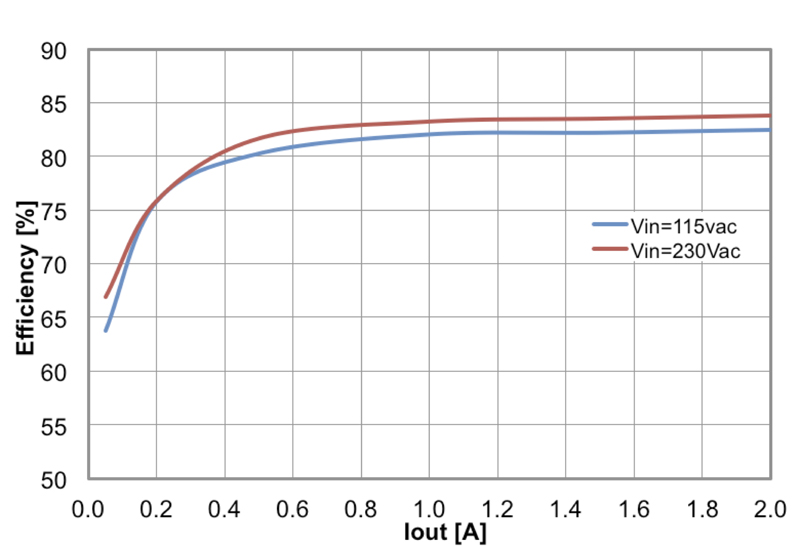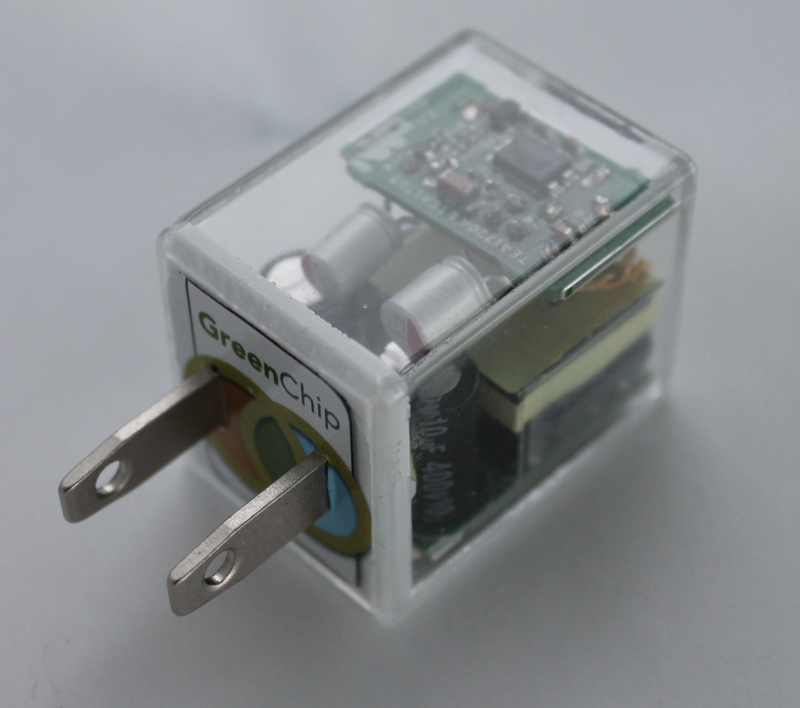Author:
Geert Willemsen, NXP Power Solutions
Date
07/08/2013
Mobile battery capacity is increasing to cope with the extra energy demands of power-hungry features, larger displays and more powerful CPUs. With bigger batteries to charge, how can system designers keep charging times down and keep the charger compact, robust, highly energy efficient and low cost? The solution lies in innovative technology found in the latest crop of power management ICs, including NXP's �GreenChip' range. They meet the requirements of today's charger trends and deliver high performance, including high efficiency, fast start-up time, fast transient response and high constant current (CC) accuracy. ? Meeting the challenges of mobile device charging In the fast changing consumer mobile market, devices such as media tablets and smart phones are being packed with ever more power-hungry features. On top of this, panel sizes are getting bigger and CPUs more powerful. To cope with these extra energy demands, battery capacity is increasing. Which presents system designers with a dilemma: with bigger batteries to charge, how can the charging time be kept the same while keeping the charger compact, robust, highly energy efficient and low cost? The solution lies in innovative technology found in the latest crop of power management ICs, such as NXP's �GreenChip' TEA1720xT and TEA1705 chipset. For charger solutions up to 10 W, they meet the requirements of today's charger trends and deliver a compact, cost efficient and high performance design that delivers fast transient response, fast start-up, high constant current (CC) accuracy and low standby power consumption of <10 mW. (See Figure 1)

On top of this, the TEA1720xT and TEA1705 solution delivers high efficiency levels above 83% and already meets the leading energy efficiency standards of EnergyStar, CoC and DoE. (See Figure 2.)

Compact Current power management solutions can be combined with a standard small transformer such as the EVD15, ensuring a compact charger design. For example, the NXP GreenChip combo enables an EVD15-based 10 W charger solution that occupies just over one cubic inch of space. (See Figure 3.) Cost effective By keeping the size down, compact charger designs can be cost effective as they reduce total amount of materials needed to make the charger. But traditional charger designs that deliver more than 8 W often use expensive MOSFETs. To reduce cost, NXP's TEA1720xT PWM controller drives an external low cost NPN bipolar transistor. In addition, an integrated emitter-switching device controls the external NPN bipolar transistor with higher efficiency. Fast transient response To ensure optimal charging, the output voltage of the charger needs to be kept stable. This requires a fast response to any transients. The TEA1705 secondary side controller combines fast transient response with smaller output capacitors than are usually needed. Only two capacitors are required, each of no more than 270 μF. Overall, the new GreenChip IC designs have zero impact on transformer construction or the energy stored in the output capacitor. The very fast transient response is aided by a high load step combined with load step detection on the secondary side. This generates a wake-up interrupt for the primary side in burst mode, improving transient response and preventing the phone from �thinking' the charger has been disconnected. This is of particular importance when the battery is low. The secondary side controller also ensures high dynamic load performance with a very small voltage drop of less than +/- 10%. Fast start-up Fast start-up minimizes energy losses making chargers more efficient and effective. For the GreenChip ICs, fast start-up time is guaranteed by the TEA1720xT primary side controller's integrated HV (High Voltage) start-up source. It takes less than 100 ms to start, and it achieves this without any external bleeder circuitry. Stable output current Handset manufacturers are setting increasingly strict requirements for stable current in chargers. Incorporating a number of extra robust design breakthroughs, NXPs GreenChip ICs deliver improvements in overall constant current (CC) mode, resulting in an accuracy of less than +/- 5%. Furthermore, the design ensures a sharp transition between CV mode and CC mode. Conclusion Power management ICs such as NXP's TEA1720xT + TEA1705 chipset rely on many innovative technology and design qualities. Pushing performance and reliability to new heights, they meet the requirements of today's phone charger trends and tomorrow's energy efficiency standards. They have high performance features such as fast start-up time, fast transient response and high constant current accuracy, all in form factors of little more than one cubic inch. So even with bigger batteries to charge, system designers can still keep charging times down and build compact, robust, highly efficient and economical chargers. NXP